Becker discusses a JP article where one verse of Mark has Jesus using an idiom which might be misunderstood by translators. Becker purports that the discovery should engage our readers on the topic of death after death.
Divinity Among the Thorns (a poem)
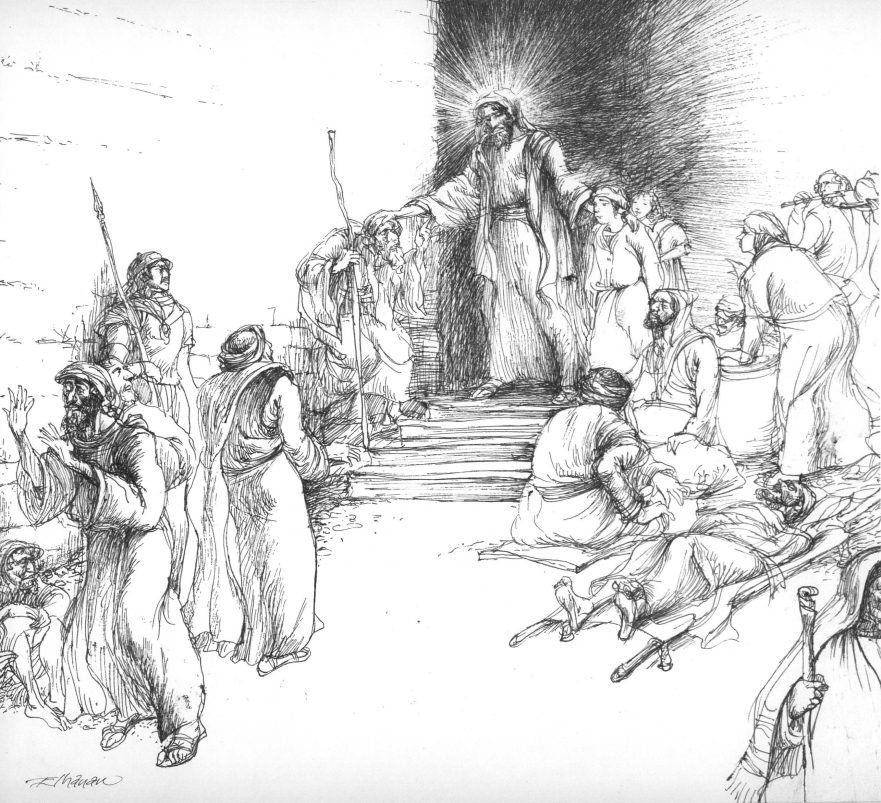
The depiction of the Messiah descending into a tragic and lost world as redeemer.
Mashiach Ben-Yoseph (a poem)
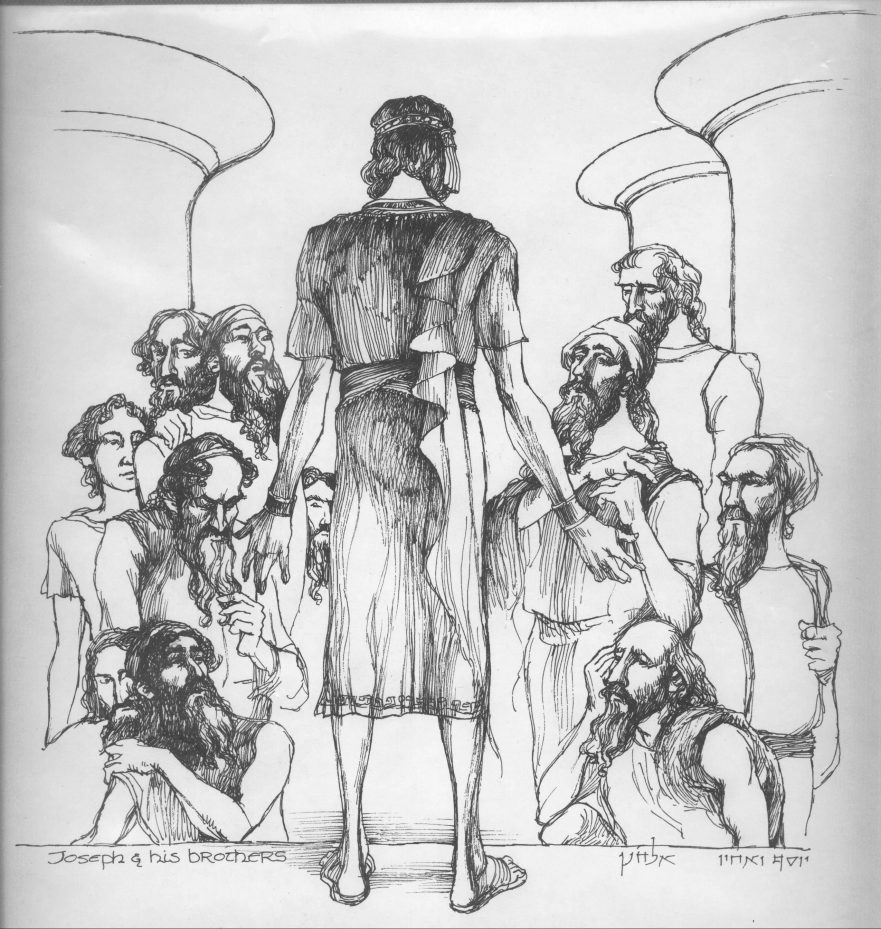
This poem by Elhanan Ben-Avraham is accompanied with his rendering of Joseph with his brothers before him. The poem parallels the story of Joseph and that of Yeshua and his brothers, the children of Israel.
Ample (a poem)
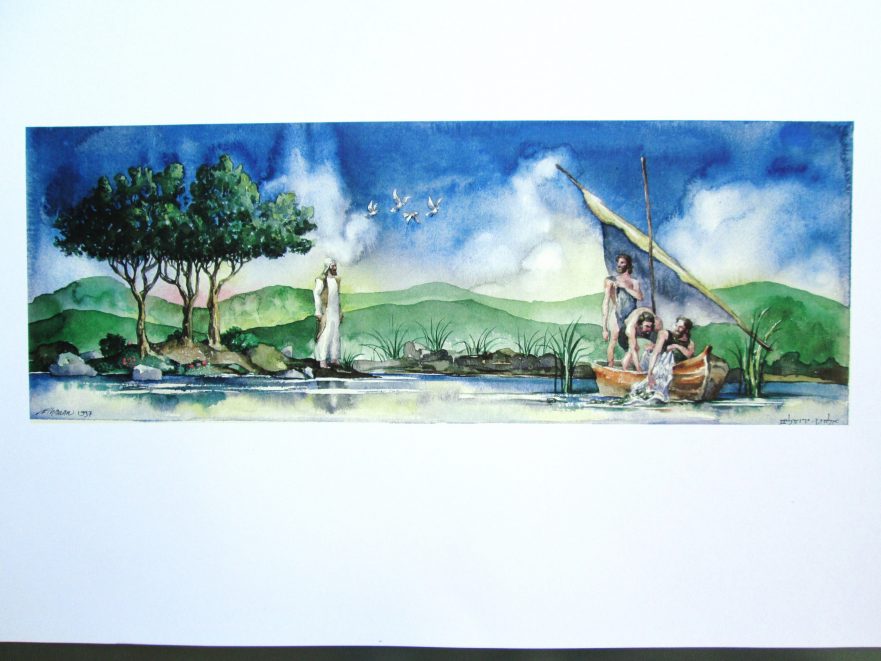
JerusalemPerspective.com is proud to Introduce a new series of poetry and artwork by Elhanan Ben-Avraham. This piece, “Ample,” is accompanied by a painting of the resurrected Messiah along the shore of the Sea of Galilee, the fullness of the fishers’ nets speaking of life more abundant.
Video: How To Become A Basic Member
This tutorial gives you simple steps to follow to become a basic member of our site.
1987 Television Interview with Robert Lindsey

View a 1987 television appearance of Rev. Dr. Robert L. Lindsey in which he shares his understanding of Jesus’ concept of the Kingdom of Heaven and Jesus’ division of redemption history into three distinct periods.
The Apostolic Decree and the Noahide Commandments
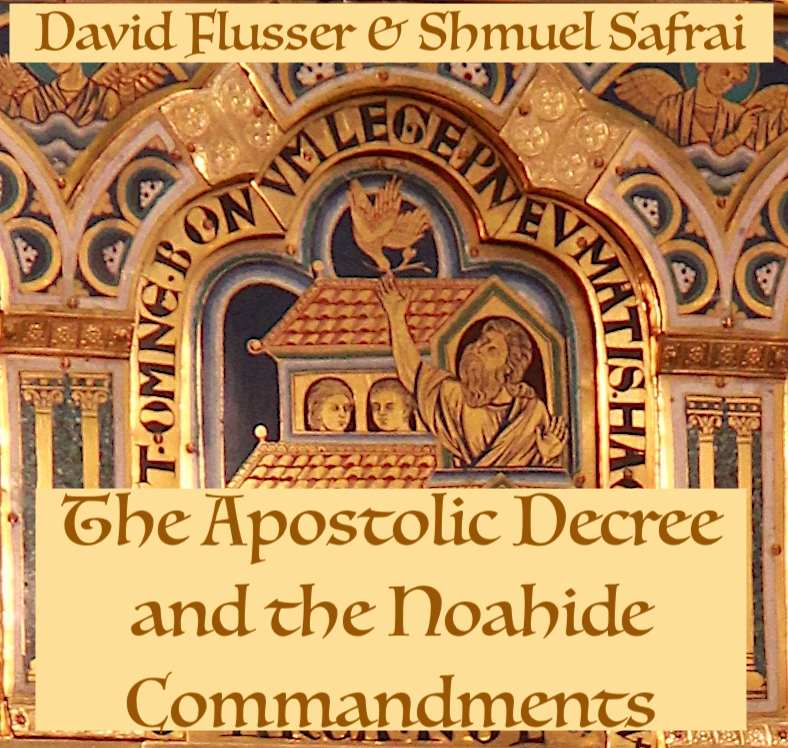
Jerusalem Perspective is pleased to make available to the English-speaking world this important article written originally in German by David Flusser and Shmuel Safrai: “Das Aposteldekret und die Noachitischen Gebote,” in Wer Tora mehrt, mehrt Leben: Festgabe fur Heinz Kremers (ed. E. Brocke and H.-J. Borkenings; Neukirchen-Vluyn, 1986), 173-192.
I’ve just discovered the Jewish roots of my Christian faith. What should I read to learn more?

We have a number of book suggestions and online resources for you to get started!
A Response to Kilty and Elliott on the Talpiot Tomb
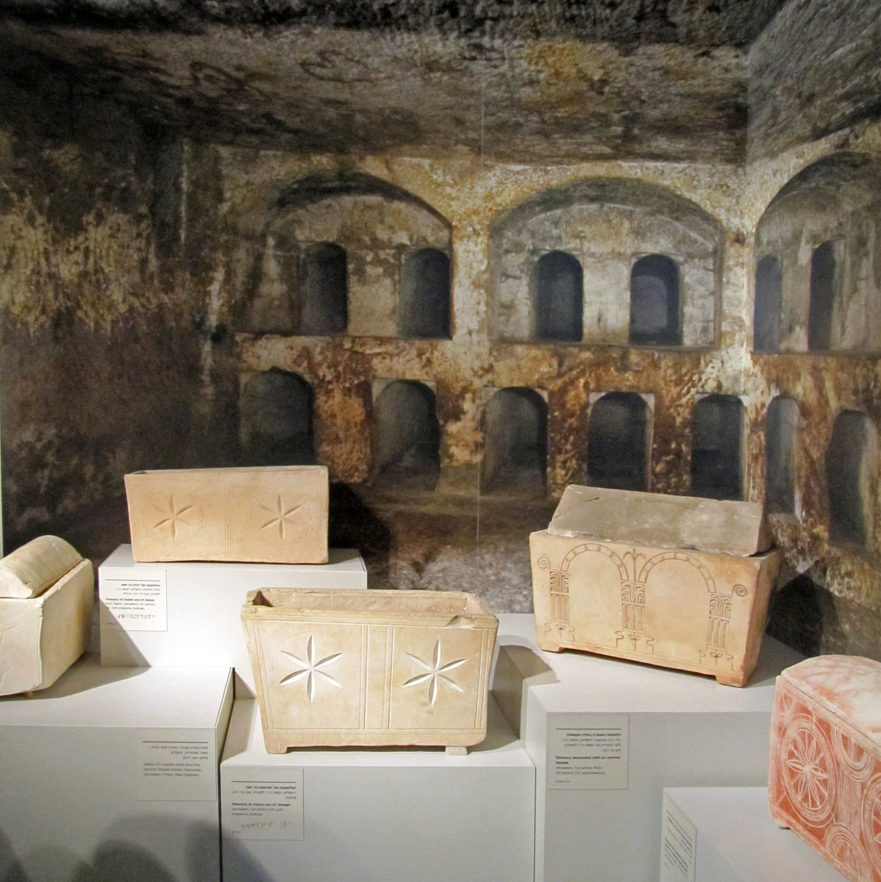
The calculations of Kevin Kilty and Mark Elliott have an after-the-fact particularity to them that belies their claim to be dealing with probabilities.


